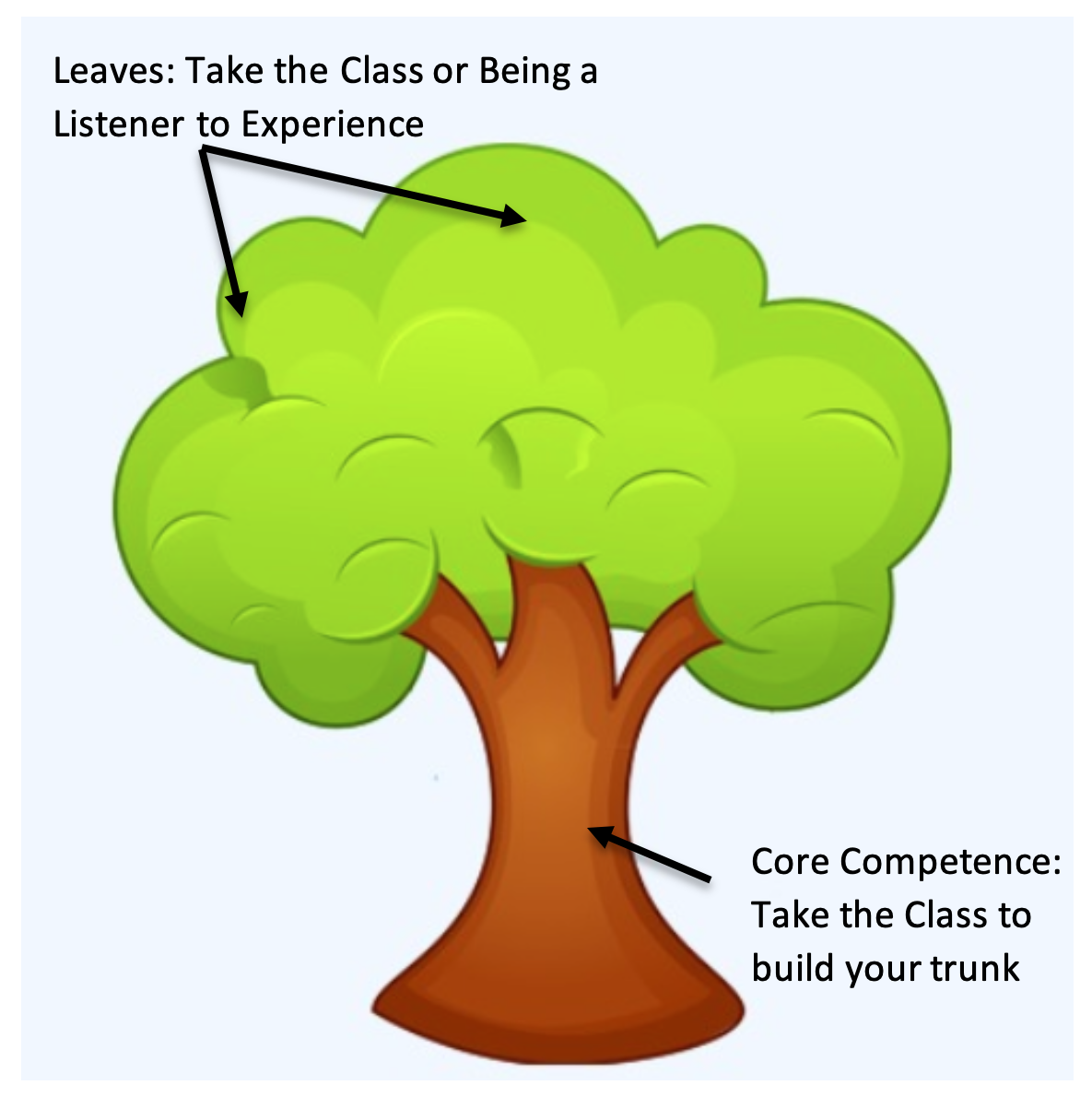Opening our emails, the offer from the SCMb program jumped out and shone in our eyes! After rubbing our eyes, we realized: yes — it is not a dream! Along with packing and saying “See you soon” to friends, preparing for coursework selection is significant homework. We wanted to experience as much as we could in the 5-month-long program. In this blog, we want to help you by reflecting on how we selected our courses, and then share some of the courses that we are taking this semester.
How We Selected Our Courses
We knew each other before coming here through a Telegram group* . Talking to each other, we reflected a lot:
What are our purposes for coming to the MIT SCMb program? We all come here for the academic excellence, diverse and amazing classmates, and alumni network. But everyone could have a different background and roadmap for their endeavor at MIT. Reflecting on our purposes and being ready for the coming “firehose” maximized the selection of coursework beforehand.
Fiona: I was working at a startup company in international trade before coming here, and I will continue this journey upon my graduation. Ay coursework focused on the strategies and processes to set up an innovative company as a result:
- SCM. 268 Data Science and SCM. 255 Machine Learning for Supply Chain Management because the future of business, especially business related to supply chain management, will be data-driven.
- 15. 618 Entrepreneurship, Innovation, Startups and the Law introduces different law-sensitive issues for creating an innovative-intensive venture
- 15.390 New Enterprises introduces a systematic and disciplined processes to hypothesis, verify and improve a new venture so that it can attract paying customers and grow naturally.
Allison: My interest lies in logistics and how to improve logistics performance with technologies such as digitization, AI, and robotics. Although I had plenty hands-on training in my job, I still wished to have more systematic and structural training in transportation. SCM. 293 Urban Last Mile Logistics and SCM. 266 Freight Transportation are at the top of my list, offering full coverage of theories and methodologies in transportation. Regarding automation and AI, I take SCM. 268 Data Science and SCM. 255 Machine Learning for Supply Chain Management. It’s such a vast area that I decided to grow more leaves by attending the lectures, forums and conferences.
Suggestions on the process of selecting your courses at MIT
Sleep, Study, Social — choose two out of three! Your energy is precious, so make sure you make the best use of it here at MIT! Here are our suggestions on course selections.
Be intentional: MIT offers different attractive and exciting courses related to supply chain management, but you will burn out if you try to take them all. Focus on your purpose and be mindful. Think twice about what you want before choosing classes.
Here is a detailed framework of how to choose courses. Imagine you are building your knowledge and skills tree: your core competence is the trunk of the tree, and other relevant knowledge and information are the leaves. Let’s think this way: your long-term goal is your purpose. If we identify certain core knowledge and skills to achieve our purpose, that is the trunk that we want to build in our MIT journey. You could select them as your classes to fill in the gaps. What about the add-on knowledge? They will be the complementary knowledge or skills that could expand the trunk in the long term.

Plan your workload. After you grab the pieces that you want to learn, you need to check the section times to make sure that there will not be schedule conflicts. Be careful about the workload: MIT study is not a walk in the park. For some courses that are the leaves on your knowledge and skills tree, consider adding them as a listener if you are worried about the workload for your trunk.
Last but not least, MIT has minimum credit requirements and the SCM program has both minimum credit requirements and elective requirements for graduation. Double check that you meet these requirements.

Here are some introductions to other classes:
- SCM 291 Case Studies in Supply Chain Management focuses on how to use supply chain management as a strategic tool for an organization. Students learn how to align managerial decisions with company strategy to create innovative supply chain solutions.
- 15.762 Supply Chain Planning introduces concepts and models to plan inventory replenishment, risk pooling and inventory placement, integrated planning and collaboration, and information sharing.
- 15.871 Introduction to System Dynamics changes the way you think about problems. This subject teaches you to link your actions towards consequences and provides a more wholistic view on problem solving.
- 15.320 Strategic Organizational Design studies how to analyze and improve a company’s current organization, and introduces a framework to design increasingly cheaper and faster communication flow regarding materials, information and finance
Still struggling with what to choose? Here is the final tip: go shopping! At MIT, you’re allowed to make your add/drop decision no later than the second Friday after the class begins. Attend the first one or two classes in which the lecturers will give students a general introduction to the class and explain their expectations. In our observation, busy shoppers dashing from classroom to classroom generally will settle down and happily attend their classes of choice in the first week.
Explore the sea of knowledge at MIT with your aspirations!

